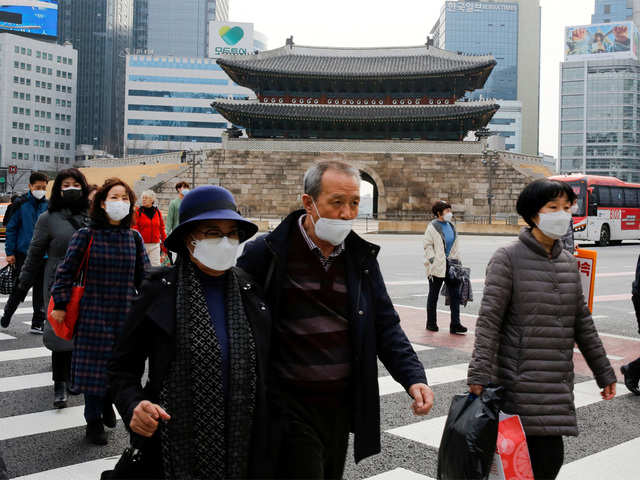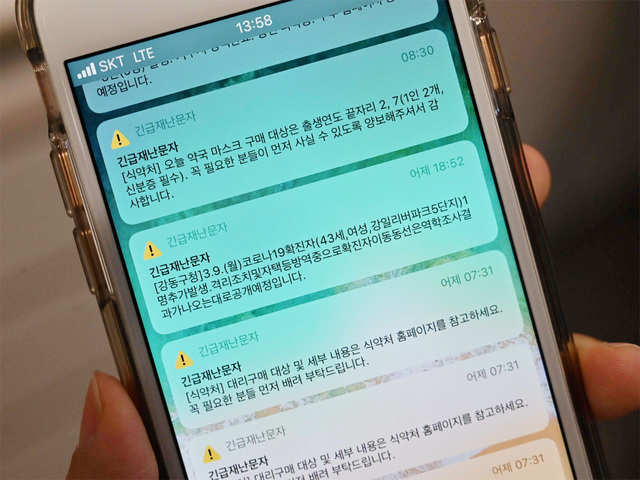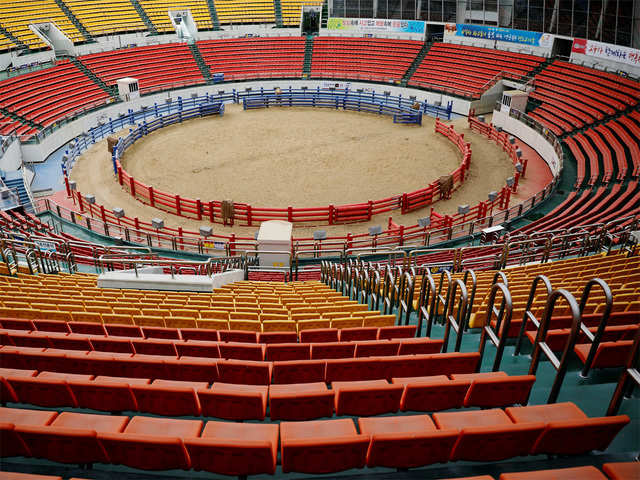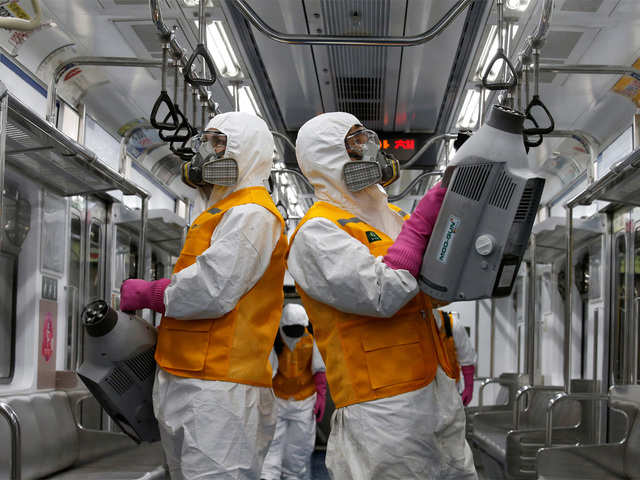More
CompanyCorporate TrendsInternationalCanada NewsUK NewsUS NewsUAESaudi ArabiaBusinessWorld NewsDefenceET EvokeElectionsLok SabhaResultsExit PollsKey StatesConstituenciesElectoral MapPoll ScheduleAssembly ElectionsAndhra PradeshOdishaSikkimArunachal PradeshSportsScienceEnvironmentET TVLatest NewsMost ReadMost SharedMost Commented





